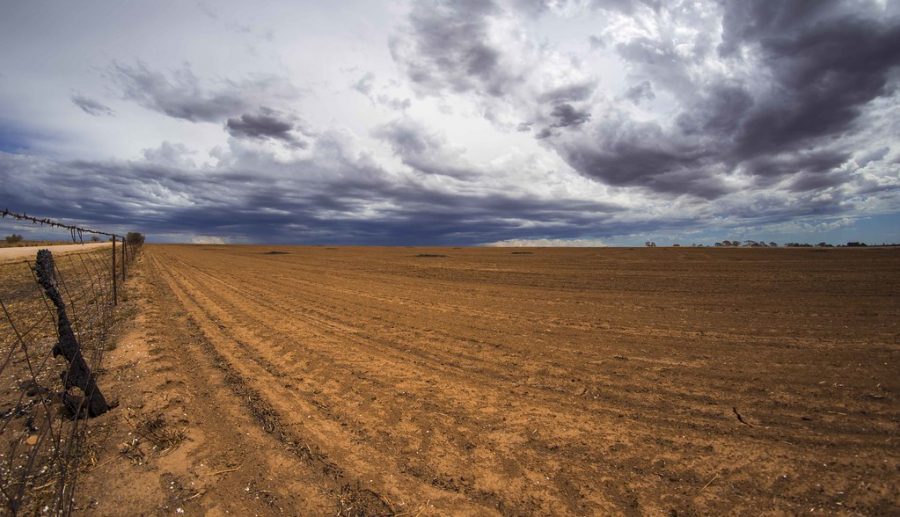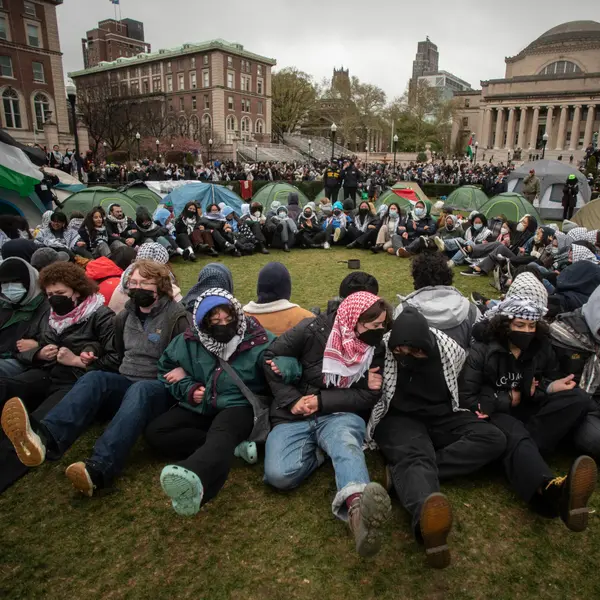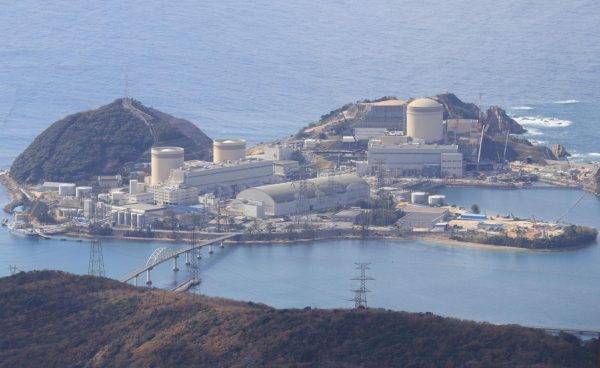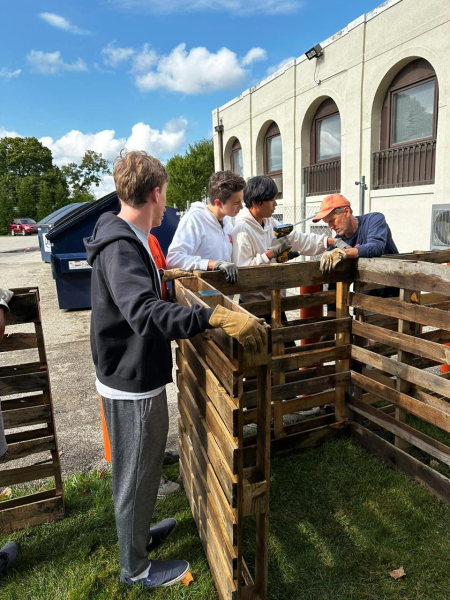The impact of the Australia fires
February 4, 2020
With still another month left of the fire season, Australia has been devastated by bushfires that have been sweeping the region since September of 2019 – which before this year was “unheard of,” according to Assistant Dean of College Counseling and Australian native, Ben Wetherbee. “Australia is a very arid country, and, to us, bushfires are the biggest major disaster.”
The fires have ravaged the region, already taking the lives of 24 people, including three volunteer firefighters. Firefighters have been especially critical in taming and stopping the spread of the devastation – 3,000 firefighters have been battling the flames since September, 90% of whom are believed to be volunteers (The New York Times).
Thousands have been evacuated from their homes as the fire and the moving smoke threatens their quality of life. Nearly 4,000 homes have already been demolished by the extreme weather (BBC).
The fires pose a huge threat to the beauty and nature of Australia as a whole. They have already blackened 15 million acres of land, an area equivalent to the size of West Virginia, and wildlife, including koala bears and kangaroos, who have habitats directly where the fires are and have very few outlets to escape to. The koala bear, for instance, seeks refuge in trees – a safe place now unavailable. The University of Sydney estimates that more than one billion animals have already died as a result
In the ensuing danger, many have taken some very heroic acts. Some civilians, understanding the severity of losing precious wildlife, have taken in refuge animals and are working to help them survive by offering human aid – treating burns, offering water and food, and making a habitat for them to retreat to. Others are on the frontlines, battling the flames and risking their own lives.
The intensified bushfires are a result of global warming – temperatures have escalated to record-breaking heat. Australia is the world’s third biggest exporter of fossil fuels, and the biggest of coal. In Penrith, a western suburb of Sydney, the heat reached 120 degrees Fahrenheit on January 4 – the hottest in the country at the time. (The New York Times). This hotter, drought-like climate is expected to continue, and will make fires more devastating and more frequent.
Bushfires are natural in Australia, although this seems to be the first year the international press has covered the weather in Australia so intently. This is for two reasons. To begin, Wetherbee says that “the advent of social media has brought so many stories to the American media.” Civilians have much more access global stories and are more connected than just a few years ago. But, the more immediate cause for increased reporting is that climate change has made the fires more frequent and much more devastating.
“It’s likely,” Wetherbee added “that Australia still hasn’t seen the worst of it. The fires are so extreme already, that firefighters are working just to “contain and redirect the fires,” said Wetherbee.
In the past year, there have been numerous weather-related disasters – the burning of the Amazon, California’s fires, and just two months ago, the flooding of Venice. These catastrophes are all said to be a result of the ever-changing climate caused by humans.
As to the future, Wetherbee believes that Australia will likely take proactive measures to prevent such a disaster from occurring out of sequence. “In Australia a lot of headlines are about contributing to global warming,” he said. One way to be proactive will be to pressure politicians who allow for such catastrophes to occur and instead, elect those who are dedicated to environmental affairs and its wellbeing.
Knowing this and the world’s fragility, the current population is faced with a task: to listen to the warning signs of nature, and the trouble climate change poses to the world as we know it and make these disasters the last of their kind.
















